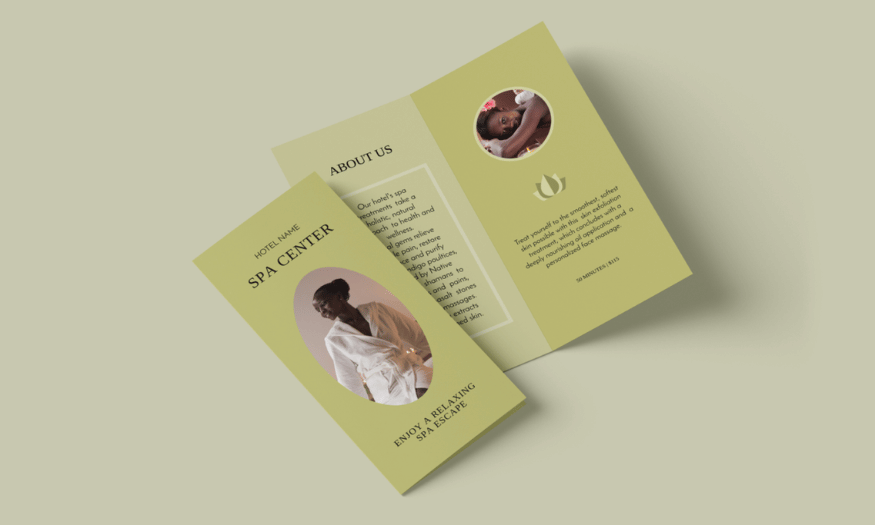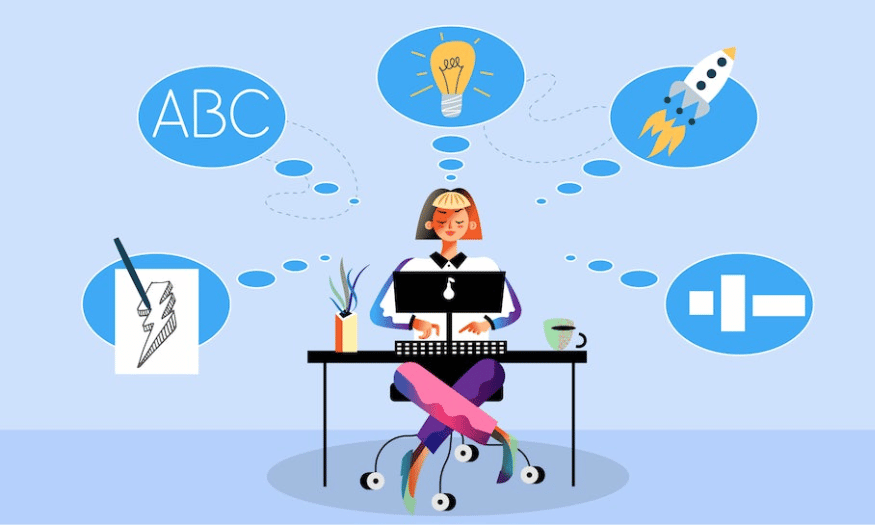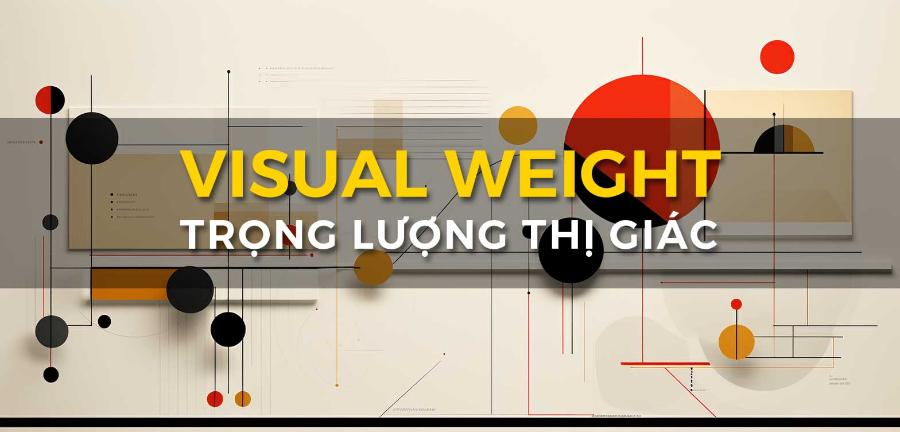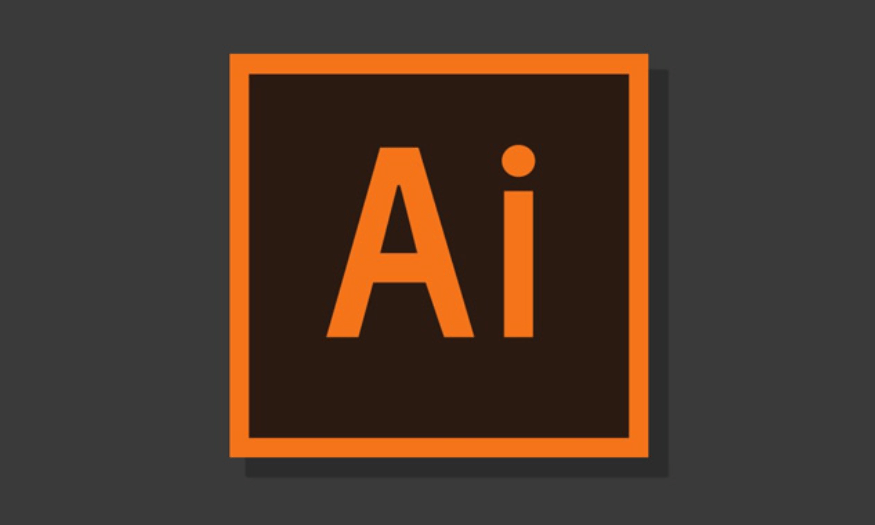Best Selling Products
Things You Need to Know About Brochure Design
Nội dung
- 1. What is a brochure?
- 2. Purpose of brochure
- 3. How to create an impressive brochure
- 3.1 Content for the cover page
- 3.2 Content inside the brochure
- 3.3 Contents of the back of the brochure
- 4. Create an effective layout for your brochure
- 4.1 Planning the information hierarchy
- 4.2 Applying the grid system
- 4.3 Create smooth page transitions
- 4.4 Create text boxes and image frames
- 4.5 Create a balance between text and images
- 5. How to create a brochure in 7 simple steps
- 5.1 Step 1: Determine the purpose of the brochure
- 5.2 Step 2: Understand your target audience
- 5.3 Step 3: Outline the brochure
- 5.4 Step 4: Create text and image content
- 5.5 Step 5: Choose the brochure's folding style
- 5.6 Step 6: Choose a brochure template and customize
- 5.7 Step 7: Order a test print of your business brochure
- 6. Conclusion
Brochure design plays an important role in promoting a business's brand and products. An impressive brochure not only attracts attention but also effectively conveys the message. With the development of technology and increasing market demand, mastering the principles of brochure design is more necessary than ever. In this article, Sadesign will explore with you what you need to know to create a beautiful brochure.

Brochure design plays an important role in promoting a business's brand and products. An impressive brochure not only attracts attention but also effectively conveys the message. With the development of technology and increasing market demand, mastering the principles of brochure design is more necessary than ever. In this article, Sadesign will explore with you what you need to know to create a beautiful brochure.
1. What is a brochure?
A brochure is a printed marketing document designed to convey information about a company's products, services, or brand to a specific audience. The format of a brochure is usually a folded sheet of paper, which saves printing costs while still providing a lot of information. In addition to containing text, brochures also integrate images, graphics, and other visual elements to attract attention and persuade readers.
2. Purpose of brochure
Brochures have many different uses, including:
Marketing and promotion: Introducing a new product or service to customers. This is a useful tool to generate interest and attract the attention of the target audience.
Disseminate information: Provide detailed information about the business, helping customers better understand the company's mission and values.
Event Promotion: Announce upcoming events, from seminars and exhibitions to special promotions.
Educational materials: Provide useful knowledge and information to customers, helping them raise awareness about products or services.
Enhance brand awareness: Strengthen the brand image in the minds of customers, helping them easily recognize and remember the business.
Sales Support: Provide materials to sales teams to enhance persuasion, thereby boosting sales.
.png)
3. How to create an impressive brochure
To create a unique and attractive brochure, you need to prepare some basic content. Here is a step-by-step guide to help you do it:
3.1 Content for the cover page
The cover page is the first impression your customers have. You should consider the following factors:
Logo: Place your business logo prominently in the center. Your logo is your brand identity, so make sure it's high resolution and easily recognizable.
Title or slogan: Use catchy words to stimulate curiosity. A good title will make readers want to learn more about the content inside.
Quality Images: Choose images that are relevant, sharp and clear. Beautiful images will create a strong impression and attract attention.
3.2 Content inside the brochure
The content inside should be organized and easy to read. Here are some things to consider:
Images: Select the best images of your product or service. Images should show the product's outstanding features and value.
Text: Draft clear content, including:
Introduction: Provide an overview of the company's mission and values. This section should be brief but informative enough to make a good first impression.
Products/Services: Describe in detail the service or product you offer. Try to highlight the features and benefits of each product.
Benefits: Explain how your product or service meets the needs of your customers. This is a crucial part of helping your readers understand the value you provide.
.png)
3.3 Contents of the back of the brochure
The back of the brochure usually contains important information that makes it easy for customers to contact and take action:
Contact information: Include your business address, phone number, email, and website. Make sure this information is clearly displayed and easy to find.
Call to Action (CTA): Encourage readers to take a specific action such as contacting us, requesting a quote, or visiting our website. Use strong action language such as “call us today” or “visit our website for more information.”
4. Create an effective layout for your brochure
Designing an effective brochure layout is an important step in creating an engaging marketing document for your business. The layout not only helps to communicate your message clearly, but also determines how the reader interacts with the information. To achieve this, you need to organize and refine all the content you want to include in your brochure. Make sure your information is concise, to the point, and directly related to the main message you want to convey.
4.1 Planning the information hierarchy
Establishing a clear hierarchy for your information is an essential element of brochure design. This means identifying the most important pieces of content and arranging them logically. Use headings, subheadings, and text to guide readers through the different sections of your brochure, making it easy for them to access the information you want to convey.
A logical hierarchy not only helps organize information effectively, but also creates a coherent reading experience. Readers will quickly grasp the key points you want to emphasize, thereby increasing their ability to remember and respond positively to your message. Make sure that each piece of content is closely linked to each other and serves the overall purpose of the brochure.
.png)
4.2 Applying the grid system
To maintain visual consistency and appeal, it is essential to introduce a grid system to your layout. This grid system will help you align text and images consistently throughout your brochure. Think of it as an invisible structure that keeps all the elements in place. This not only creates visual harmony but also makes it easy for readers to follow the information.
When implementing a grid system, you need to pay attention to the size and spacing of elements. This will ensure that your brochure looks professional and easy to read. Aligning elements consistently not only enhances aesthetics, but also helps readers easily identify important parts of the content.
4.3 Create smooth page transitions
One of the most important factors to consider is how the pages of your brochure flow from one page to the next. It is essential to ensure that the reader can easily follow the logical sequence of information as they continue through the brochure. This helps create a seamless reading experience, so that the reader does not feel interrupted or lost in the information.
Pay attention to how your layout will appear when the brochure is folded. This is especially important because some information may be obscured or not clearly visible. Make sure that important content is still easily identifiable on each section of the brochure, providing a seamless and enjoyable experience for the reader.
4.4 Create text boxes and image frames
For a clean look, it is essential to use text boxes to contain content and image frames to hold images and graphics. This way, you can create a neat and tidy layout. Consistent spacing and alignment between text boxes and image frames will help your brochure look more professional, avoiding clutter and difficulty reading.
Using text boxes and image frames not only helps organize information effectively, but also creates emphasis on important sections. This way, readers can easily digest information in smaller chunks and not feel overwhelmed by too much text or images on a page.
4.5 Create a balance between text and images
Finally, it is important to create a layout that balances text and images. You want to avoid overwhelming your readers with too much text or images on the same page. A harmonious layout, where text and images blend naturally, will help convey your message more effectively.
Consider how the text and images support each other. Images should complement the text, helping to clarify the message you are trying to convey. Conversely, the text should explain and provide context for the images. When these two elements work together, you will create a brochure that is not only attractive but also accessible to readers.
.png)
5. How to create a brochure in 7 simple steps
Creating an effective brochure is not only a design skill but also an art of communicating a message to customers. Whether you are preparing for a new project or simply want to improve your marketing skills, creating an impressive brochure can help you connect effectively with your target audience. Here are seven simple steps to help you do it.
5.1 Step 1: Determine the purpose of the brochure
First, you need to be clear about why you want to create a brochure. Your goals can vary – from promoting a specific service to introducing a new product or even providing detailed information about your business. Setting a clear goal will give you a solid foundation for building the content and appearance of your brochure.
Ask yourself: Are you trying to highlight the unique benefits of your product or service? Or are you trying to draw attention to an upcoming event? Once you have identified your goals, it will be easier to craft the content and appearance of your brochure to make a powerful impact on your target audience.
5.2 Step 2: Understand your target audience
To create a brochure that is not only beautiful but also effective, you need to understand the interests and needs of your target audience. This will not only help you design the right content, but also ensure that your efforts are not wasted. Consider the demographics, the problems your audience is facing, and how your product or service can solve those problems.
Also, consider what communication style appeals to your audience. Do they prefer a formal or informal tone? What elements would make them want to engage with your brand? Understanding these will help you find creative ways to capture their attention and convert them into leads.
5.3 Step 3: Outline the brochure
Once you have a clear understanding of your goals and audience, it’s time to create an outline for your brochure. Creating an outline is like creating a compass that guides you, helping you organize your content and shape your message in a coherent way. This not only helps you avoid missing important information, but also keeps your content focused and on point.
In your outline, list the sections or topics you plan to cover, the key points you want to emphasize, and the visual elements you want to include. Don’t forget to include a compelling call to action (CTA) to encourage readers to engage with you. A detailed plan will save you time and resources during the design process.
.png)
5.4 Step 4: Create text and image content
Once you have an outline, it's time to turn it into an actual draft for your brochure. To make your content more engaging, pay attention to how your copy is presented. Break your content into small paragraphs to make it easier for your readers to digest. Using personal pronouns like "you" will help create a sense of intimacy and connection with your readers.
In addition to text, images also play a very important role in your brochure. Consider creating your own images instead of using stock images from the internet. Not only will these images help you stand out, they will also represent your brand identity. Don’t forget to double-check both the text and images to make sure they match the message you want to convey.
5.5 Step 5: Choose the brochure's folding style
The type of fold a brochure makes also has a big impact on how information is presented. Folds like bi-fold, tri-fold, and Z-fold offer different layouts, suited to different purposes. Bi-fold is simple and economical, ideal for conveying essential information when you have limited content.
The tri-fold, with its six sections, provides more space for content and is often used for brochures that balance images and information. The z-fold stands out for its interesting presentation, helping to tell a story or guide the reader through a specific process. Choose the right fold depending on your content and goals.
5.6 Step 6: Choose a brochure template and customize
You don’t have to design a brochure from scratch. There are many brochure templates available. Find one you like and customize it to fit your brand. When designing your brochure for print, pay attention to size and layout to ensure that important text and images don’t get cut off when printed.
Make sure you remove any trim lines from the template to avoid printing errors. Also, check the design specifications to make sure they are appropriate for the type of brochure you are creating. Using a ready-made template not only saves time, but also allows you to focus on creating quality content.
5.7 Step 7: Order a test print of your business brochure
Before sending your brochure to print, make a proof copy for careful evaluation. This step is important to ensure that the colors and print quality are satisfactory. Sometimes, the colors on your computer screen can look different than the actual printed product. By making a proof, you can adjust the colors and layout to better match your original design intent.
Once you are happy with your proof, make sure everything is correct before you start printing. Investing in the brochure creation process will help you achieve a quality product that will enhance your brand image and attract customers.
.png)
6. Conclusion
In short, brochure design is not only an art but also an effective marketing strategy. By applying design and optimization principles, you can create a powerful communication product that attracts customers and enhances brand value. At Sadesign, there are many design tools to support you in creating the perfect publication. Remember, a good brochure is not only about the appearance but also a harmonious combination of content and images, ensuring that your message is always conveyed clearly and impressively.












































